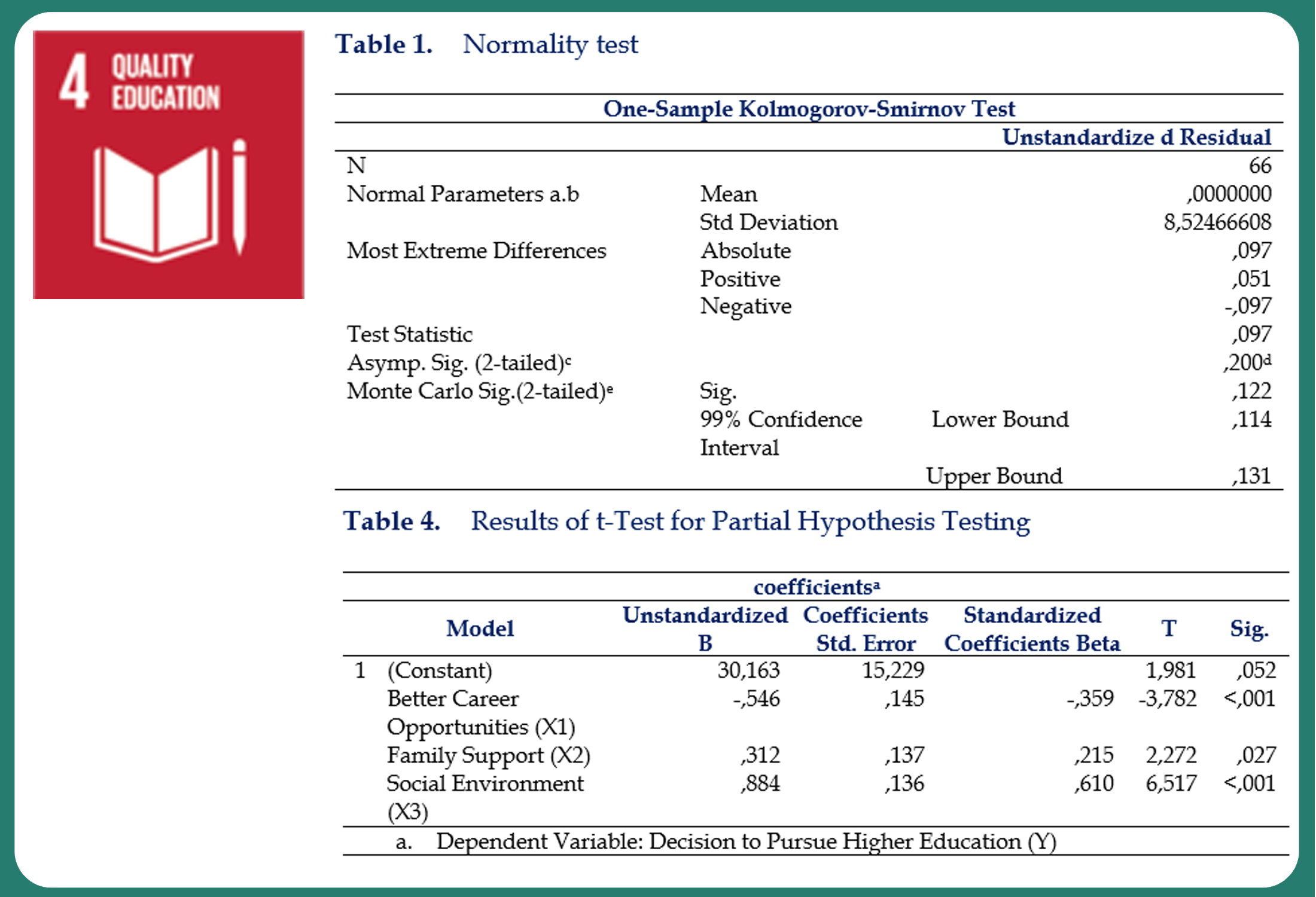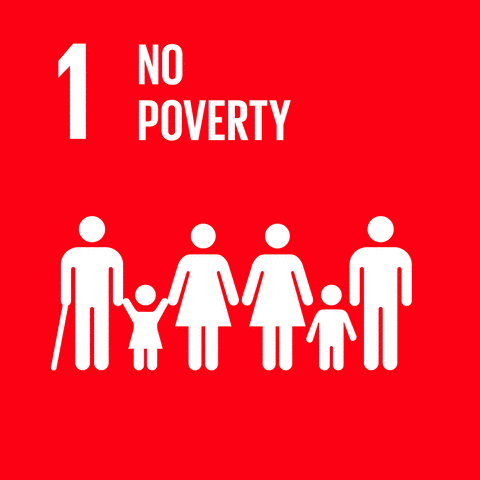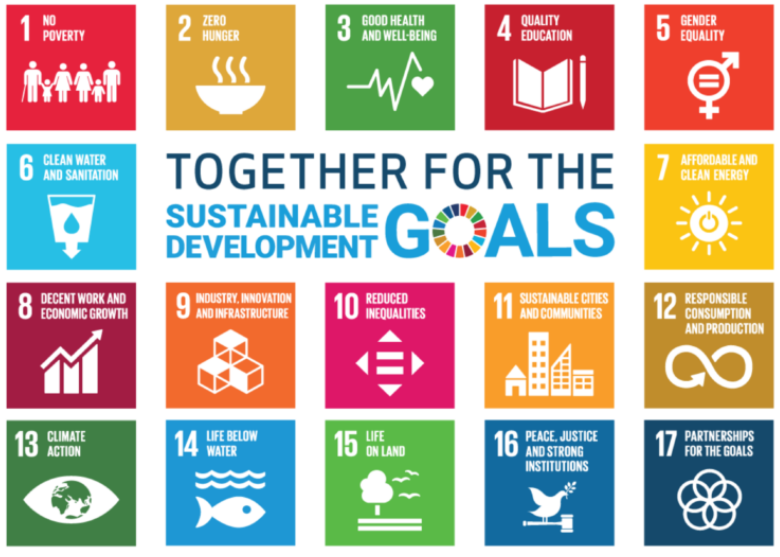An Analysis of Factors Influencing Vocational Graduates’ Decision to Pursue Higher Education in Computer and Informatics Engineering
DOI:
https://doi.org/10.24036/javit.v5i2.255Keywords:
Higher Education, Career Aspirations, Family Support, Peer Influence, Vocational StudentsAbstract
In the context of global competition and rapid technological advancement, vocational education plays a critical role in preparing students for direct entry into the workforce. Nevertheless, a growing number of vocational graduates are choosing to pursue higher education as a means to expand their career opportunities and social mobility. This study investigates the factors influencing such decisions, focusing on students from the Computer and Informatics Engineering Department at a vocational school in Indonesia. Using a mixed-methods design, quantitative data were gathered through structured questionnaires administered to 12th-grade students, while qualitative insights were obtained via in-depth interviews. The analysis reveals that Better Career Opportunities, Family Support, and Social Environment all have a statistically significant effect on students’ decisions to pursue tertiary education. Among these, Social Environment emerged as the most influential factor, accounting for 32.4% of the variance, followed by Family Support (3.1%) and Career Opportunities (3.1%). These findings underscore the importance of peer influence, school climate, and familial encouragement in shaping educational aspirations beyond vocational training. The results contribute to a deeper understanding of post-secondary transition dynamics in vocational contexts and provide implications for policy and practice aimed at supporting students' academic advancement.
Downloads
References
L. Grinin, A. Grinin, and A. Korotayev, “Global Trends and Forecasts of the 21st Century,” World Futures, vol. 77, no. 5, pp. 335–370, 2021, https://doi.org/10.1080/02604027.2021.1949939.
B. E. McCord and M. E. Exter, “Work-Life Experiences of Game Development Graduates: Exploring the Complications in Moving from Institutional Education to Industry,” ACM Trans. Comput. Educ., vol. 25, no. 2, May 2025, https://doi.org/10.1145/3725859.
S. S. Shimu and F. A. Haolader, “TVET is under-resourced and held in low regard? Teachers’ perceptions of TVET in Bangladesh,” Educ. Train., vol. 67, no. 3, pp. 419–435, Jun. 2025, https://doi.org/10.1108/ET-12-2023-0551.
V. Asgarova, A. Ilyasov, and M. A. Ashraf, “Refocusing education: understanding higher education institutions’ needs for human resource development in Azerbaijan,” Centr. Asian Surv., Sep. 2024, https://doi.org/10.1080/02634937.2024.2399287.
B. J. Blažič, “Changing the landscape of cybersecurity education in the EU: Will the new approach produce the required cybersecurity skills?,” Educ. Inf. Technol., vol. 27, no. 3, pp. 3011–3036, Apr. 2022, https://doi.org/10.1007/s10639-021-10704-y.
M. A. R. Forhad, G. M. Alam, A. Haque, M. S. Khan, and M. Rashid, “Does a vocational education program prepare competent graduates for further academic programs?,” High. Educ. Ski. Work. Learn., vol. 13, no. 6, pp. 1108–1125, Nov. 2023, https://doi.org/10.1108/HESWBL-02-2023-0023.
A. Bidandari, S. Setyowati, E. Roesminingsih, N. Hariyati, and M. Muavi, “The Principal’s Strategy in Realizing a Vocational High School Center of Excellence in Indonesia,” Int. J. Soc. Learn., vol. 4, no. 2, pp. 225–245, Apr. 2024, https://doi.org/10.47134/ijsl.v4i2.256.
I. Pengembangan Kurikulum, P. Sekolah Menengah Kejuruan Pusat Keunggulan Tòin Asngad, M. Doloh, A. Mahdi, and U. K. Saifuddin Zuhri Purwokerto, “Curriculum Development Innovation: Vocational High School Program Center of Excellence: Inovasi Pengembangan Kurikulum: Program Sekolah Menengah Kejuruan Pusat Keunggulan,” Edukasi J. Educ. Res., vol. 3, no. 3, pp. 101–112, Dec. 2023, https://doi.org/10.57032/EDUKASI.V3I3.225.
S. Haviland and S. Robbins, “Career and Technical Education as a Conduit for Skilled Technical Careers: A Targeted Research Review and Framework for Future Research,” ETS Res. Rep. Ser., vol. 2021, no. 1, pp. 1–42, Dec. 2021, https://doi.org/10.1002/ets2.12318.
S. McGrath and S. Yamada, “Skills for development and vocational education and training: Current and emergent trends,” Int. J. Educ. Dev., vol. 102, p. 102853, Oct. 2023, https://doi.org/10.1016/j.ijedudev.2023.102853.
L. Boucher, “Transition from school to work for 16-18 year olds in sweden and denmark,” Youth, Educ. Employ. Int. Perspect., pp. 86–99, Oct. 2022, https://doi.org/10.4324/9781003324928-6.
F. A. Kitole, “Gender inequity in employment and wage disparities in Tanzania’s mega construction projects,” Discov. Glob. Soc., vol. 3, no. 1, pp. 1–21, Dec. 2025, https://doi.org/10.1007/s44282-025-00193-6.
J. Arday, “More to prove and more to lose: race, racism and precarious employment in higher education,” Br. J. Sociol. Educ., vol. 43, no. 4, pp. 513–533, 2022, https://doi.org/10.1080/01425692.2022.2074375.
G. Morris and J. Mo, “Exploring the employment motivation, job satisfaction and dissatisfaction of university English instructors in public institutions: a Chinese case study analysis,” Humanit. Soc. Sci. Commun., vol. 10, no. 1, pp. 1–9, Dec. 2023, https://doi.org/10.1057/s41599-023-02228-2.
R. Grimaldi, F. Crivellaro, and D. Bolzani, “Highly Skilled Migrant Women: Achievements and Contributions in Knowledge-Based Economies,” Adm. Sci. 2022, Vol. 12, Page 7, vol. 12, no. 1, p. 7, Jan. 2022, https://doi.org/10.3390/ADMSCI12010007.
F. T. Leow and M. Neo, “Critical Factors for Enhancing Students’ Collaborative Learning Experiences in a Project-based Connectivism Learning Environment,” Int. J. Learn. Teach. Educ. Res., vol. 22, no. 7, pp. 388–410, Jul. 2023, https://doi.org/10.26803/ijlter.22.7.21.
B. H. Mohamed, I. Ari, M. B. S. Al-Sada, and M. Koç, “Strategizing Human Development for a Country in Transition from a Resource-Based to a Knowledge-Based Economy,” Sustain. 2021, Vol. 13, Page 13750, vol. 13, no. 24, p. 13750, Dec. 2021, https://doi.org/10.3390/SU132413750.
A. D. Benner, C. C. Fernandez, Y. Hou, and C. S. Gonzalez, “Parent and teacher educational expectations and adolescents’ academic performance: Mechanisms of influence,” J. Community Psychol., vol. 49, no. 7, pp. 2679–2703, Sep. 2021, https://doi.org/10.1002/jcop.22644.
L. Zhao and W. Zhao, “Impacts of family environment on adolescents’ academic achievement: The role of peer interaction quality and educational expectation gap,” Front. Psychol., vol. 13, p. 911959, Sep. 2022, https://doi.org/10.3389/fpsyg.2022.911959.
J. K. Roberts and P. D. Grant, “What We Know and Where to Go: A Systematic Review of the Rural Student College and Career Readiness Literature and Future Directions for the Field,” Rural Educ., vol. 42, no. 2, pp. 72–94, 2021, https://doi.org/10.35608/ruraled.v42i2.1244.
S. Sudrajat, A. Tri Wijayanti, and G. Kumar Jha, “Inculcating Honesty Values in Boarding School: Study in Muhammadiyah Boarding School Yogyakarta,” AL-ISHLAH J. Pendidik., vol. 16, no. 1, pp. 317–327, Mar. 2024, https://doi.org/10.35445/alishlah.v16i1.4501.
M. R. Siddiky and S. Akter, “The students’ career choice and job preparedness strategies: A social environmental perspective,” Int. J. Eval. Res. Educ., vol. 10, no. 2, pp. 421–431, Jun. 2021, https://doi.org/10.11591/ijere.v10i2.21086.
C. E. Ahearn, “Planning for College and Careers: How Families and Schools Shape the Alignment of Postsecondary Expectations,” Sociol. Educ., vol. 94, no. 4, pp. 271–293, Oct. 2021, https://doi.org/10.1177/00380407211039272.
X. Chen, J. L. Allen, and T. Hesketh, “The influence of individual, peer, and family factors on the educational aspirations of adolescents in rural China,” Soc. Psychol. Educ., vol. 26, no. 3, pp. 735–759, Jun. 2023, https://doi.org/10.1007/s11218-023-09765-3.
N. Samoliuk, Y. Bilan, and H. Mishchuk, “Vocational training costs and economic benefits: exploring the interactions,” J. Bus. Econ. Manag., vol. 22, no. 6, pp. 1476–1491, Oct. 2021, https://doi.org/10.3846/JBEM.2021.15571.
C. Percy and T. Hooley, “Lessons for career guidance from return-on-investment analyses in complex education-related fields,” Br. J. Guid. Couns., vol. 52, no. 3, pp. 503–521, May 2024, https://doi.org/10.1080/03069885.2023.2186372.
J. Garcia Rodrigues, S. Villasante, and I. Sousa Pinto, “Non-material nature’s contributions to people from a marine protected area support multiple dimensions of human well-being,” Sustain. Sci., vol. 17, no. 3, pp. 793–808, May 2022, https://doi.org/10.1007/s11625-021-01021-x.
L. López-Muñoz and B. Ingelaere, “Rural Youth’s Capacity to Aspire: What Role for Local Government Actions?,” J. Hum. Dev. Capab., vol. 22, no. 3, pp. 403–422, Jul. 2021, https://doi.org/10.1080/19452829.2020.1845127.
B. Özcan and M. Bulus, “Protective factors associated with academic resilience of adolescents in individualist and collectivist cultures: Evidence from PISA 2018 large scale assessment,” Curr. Psychol., vol. 41, no. 4, pp. 1740–1756, Apr. 2022, https://doi.org/10.1007/s12144-022-02944-z.
R. Veenstra and G. M. A. Lodder, “On the microfoundations of the link between classroom social norms and behavioral development,” Int. J. Behav. Dev., vol. 46, no. 5, pp. 453–460, Sep. 2022, https://doi.org/10.1177/01650254221100228.

Downloads
Published
How to Cite
Issue
Section
License
Copyright (c) 2025 Silvia Gina Rahayu Alvi, Resmi Darni, Yeka Hendriyani, Legiman Slamet

This work is licensed under a Creative Commons Attribution 4.0 International License.










